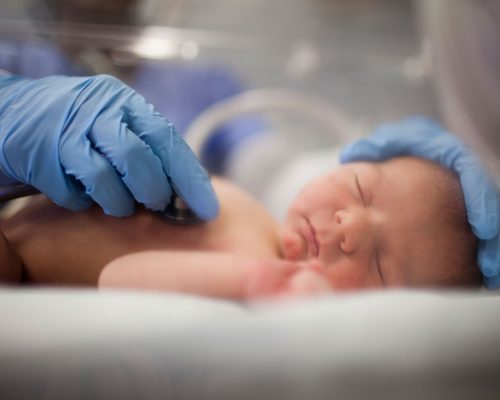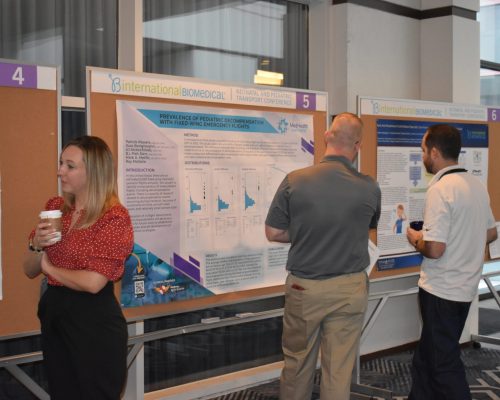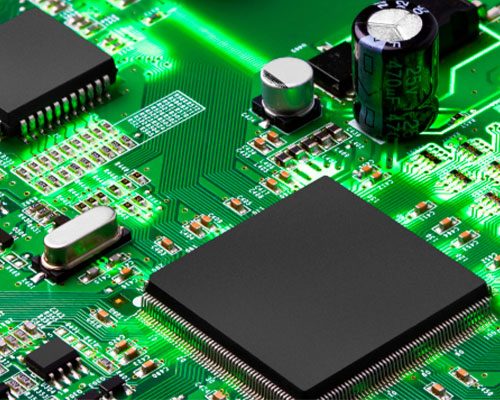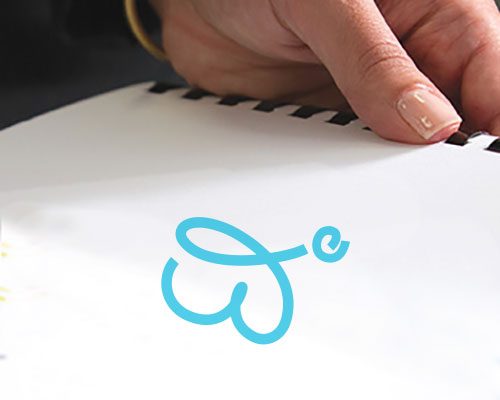Phototherapy is a widely used treatment for various medical conditions, most notably for reducing high levels of bilirubin in newborn infants suffering from jaundice. As a non-invasive and effective method, phototherapy has become a cornerstone in neonatal care, alleviating concerns for parents and providing critical support for infants during their early days of life.
This blog post addresses frequently asked questions about phototherapy, offering detailed insights into how it works, its benefits, and what to expect during treatment. By understanding the nuances of phototherapy, parents, and caregivers can feel more confident and informed when navigating this aspect of neonatal healthcare.
What Is Phototherapy and How Does It Work?
Phototherapy is a medical treatment that uses specific wavelengths of light to alter bilirubin molecules in the blood, making it easier for the body to eliminate them. The therapy involves exposing the infant’s skin to fluorescent light, typically in the blue spectrum, which is most effective for this purpose. The baby is placed under phototherapy lamps or on fiber-optic blankets that emit the therapeutic light, as seen with our BiliCocoon Kangaroo Care Fiber Optic Phototherapy System. During the procedure, the infant wears protective eye coverings, like our WeeSpecs & WeeSpecs Supreme Infant Eye Protection, to shield their eyes from intense light, and their temperature is closely monitored to prevent overheating or hypothermia.
When Is Phototherapy Needed for a Newborn?
Phototherapy is recommended when a newborn’s bilirubin levels rise above what is considered safe for their age and weight. Jaundice is common in newborns, but not all cases require treatment. Healthcare providers use specific guidelines and charts to determine the threshold levels of bilirubin that necessitate phototherapy. Factors influencing this decision include the baby’s gestational age, overall health, and the presence of risk factors such as prematurity or hemolytic diseases.
Early signs that may indicate the need for phototherapy include significant yellowing of the skin and eyes, lethargy, poor feeding, or rapid increases in bilirubin levels. A blood test measuring the total serum bilirubin (TSB) provides accurate data to guide treatment decisions. Prompt initiation of phototherapy can prevent bilirubin levels from reaching dangerous heights, reducing the risk of complications like kernicterus.
How Is Phototherapy Administered?
Phototherapy can be administered in a hospital setting. The primary methods include overhead phototherapy units and fiber-optic phototherapy blankets utilizing kangaroo care or pads.
Overhead Phototherapy Units
The infant is placed in an incubator or open crib with banks of fluorescent lights positioned above. The baby’s clothes are removed to maximize skin exposure, but diapers are typically left on. Infants may be placed in a swaddle, like our Bili Pod Phototherapy Swaddle, to maximize comfort while minimizing stress. The infant’s eyes are covered with some form of infant eye protection, including patches or shields, to protect against potential light damage.
Fiber-Optic Phototherapy
This method uses a light-emitting blanket or pad that the baby lies on. The fiber-optic phototherapy system delivers light directly to the skin without emitting significant heat, reducing the risk of overheating and allowing for easier handling and feeding during treatment.
Throughout phototherapy, healthcare providers regularly monitor the baby’s vital signs, fluid intake, and output. Bilirubin levels are checked periodically to assess the effectiveness of the treatment and determine when it can be safely discontinued.
How Long Does Phototherapy Last?
The duration of phototherapy varies depending on the infant’s initial bilirubin levels, how quickly they decrease during treatment and the presence of any underlying conditions. On average, phototherapy may last anywhere from 24 to 48 hours. In some cases, especially with extremely high bilirubin levels or ongoing hemolysis, treatment may extend over several days.
Bilirubin levels are typically rechecked every 4 to 12 hours during phototherapy to monitor progress. Once levels fall to a safe range and are stable, the healthcare provider will discontinue phototherapy. Follow-up checks may be scheduled to ensure bilirubin levels remain within normal limits after treatment ends.
Can Parents Hold or Feed Their Baby During Phototherapy?
Maintaining parental bonding and feeding routines is important, even during phototherapy. In many cases, parents can hold and feed their baby, particularly when using fiber-optic phototherapy methods, such as the BiliCocoon Kangaroo Care Fiber Optic Phototherapy System. For overhead phototherapy, brief interruptions are usually permissible for feeding and comforting the infant and are made easier with the Bili Pod Phototherapy Swaddle.
Healthcare providers encourage breastfeeding and regular feeding schedules to promote hydration and bilirubin excretion. Parents should coordinate with the medical team to establish a schedule that balances the efficacy of phototherapy with opportunities for interaction and care.
Does Phototherapy Affect Breastfeeding?
Phototherapy itself does not negatively impact breastfeeding. In fact, breastfeeding is encouraged during treatment, as frequent feedings help increase bowel movements, facilitating the elimination of bilirubin from the body. Some infants may be sleepier due to jaundice or the calming effects of the phototherapy lights, which might require parents to wake them for feedings.
If an infant is unable to breastfeed effectively, mothers may need to express milk to maintain supply and ensure the baby receives adequate nutrition. Lactation consultants can provide support and guidance to address any breastfeeding challenges during this period.
Is Phototherapy Effective for All Types of Jaundice?
Phototherapy is highly effective for the most common types of neonatal jaundice, particularly physiological jaundice, and jaundice resulting from breastfeeding challenges. However, its effectiveness may be limited in cases where jaundice is due to obstructive liver diseases or significant hemolytic conditions.
In situations where jaundice is caused by underlying pathologies such as biliary atresia or enzyme deficiencies, additional medical interventions may be necessary. Phototherapy may still be used as part of the treatment plan but addressing the root cause is essential for resolving hyperbilirubinemia in these cases.
What Happens If Phototherapy Doesn’t Lower Bilirubin Levels?
If bilirubin levels do not decrease adequately with phototherapy, or if they continue to rise, further medical evaluation is required. The healthcare team may investigate underlying conditions contributing to excessive bilirubin production or decreased elimination.
In such scenarios, treatments may escalate to include:
- Exchange Transfusion: This procedure involves replacing the infant’s blood with donor blood to quickly reduce bilirubin levels and remove antibodies causing hemolysis.
- Pharmacological Treatments: Medications like intravenous immunoglobulin (IVIG) may be used in cases of blood group incompatibility to reduce antibody-mediated red blood cell destruction.
These interventions are more invasive and carry higher risks, so they are reserved for situations where phototherapy is insufficient, and the risk of bilirubin-induced complications is significant.
Are There Alternatives to Phototherapy?
While phototherapy is the standard treatment for neonatal jaundice, alternatives or adjunct therapies may be considered in certain cases. These include:
- Exchange Transfusion: As previously mentioned, used when phototherapy fails or in severe cases.
- Intravenous Immunoglobulin (IVIG): Used for hemolytic jaundice due to blood group incompatibility.
- Enhanced Nutrition and Hydration: Increasing feeding frequency to promote bilirubin elimination.
- Pharmacological Agents: Experimental use of drugs like phenobarbital to induce liver enzymes, though not commonly practiced due to potential side effects.
It’s important to note that these alternatives are typically considered when phototherapy is not effective or suitable. Phototherapy remains the safest and most effective first-line treatment for most cases of neonatal jaundice.
Treat Infant Jaundice with Infant Jaundice Management Products from International Biomedical
Phototherapy plays a critical role in the management of neonatal jaundice, offering a safe and effective means of reducing elevated bilirubin levels in newborns. By addressing common questions and concerns about phototherapy parents and caregivers can be empowered with knowledge and confidence when navigating this aspect of neonatal care.
Understanding how phototherapy works, what to expect during treatment, and the importance of monitoring and follow-up can alleviate anxiety and contribute to better health outcomes for infants. Open communication with healthcare providers and adherence to treatment plans are essential components of successful management.
Ensure the best care for newborns with leading-edge phototherapy solutions from International Biomedical. Our infant jaundice management products are designed to safely and effectively reduce high bilirubin levels, offering peace of mind and support for new parents and caregivers. Contact us today to learn more about how our technology can help in the effective management of neonatal jaundice.









